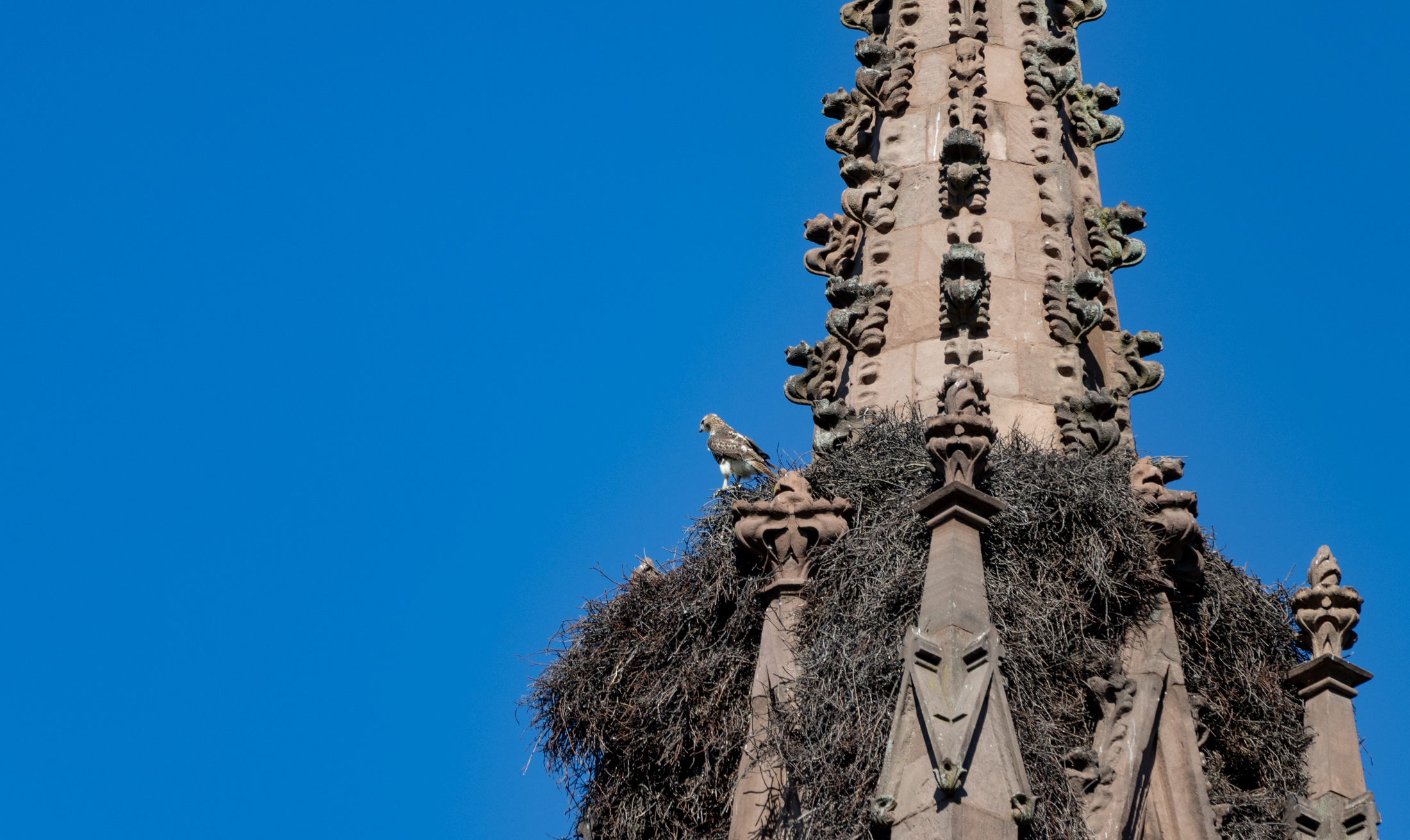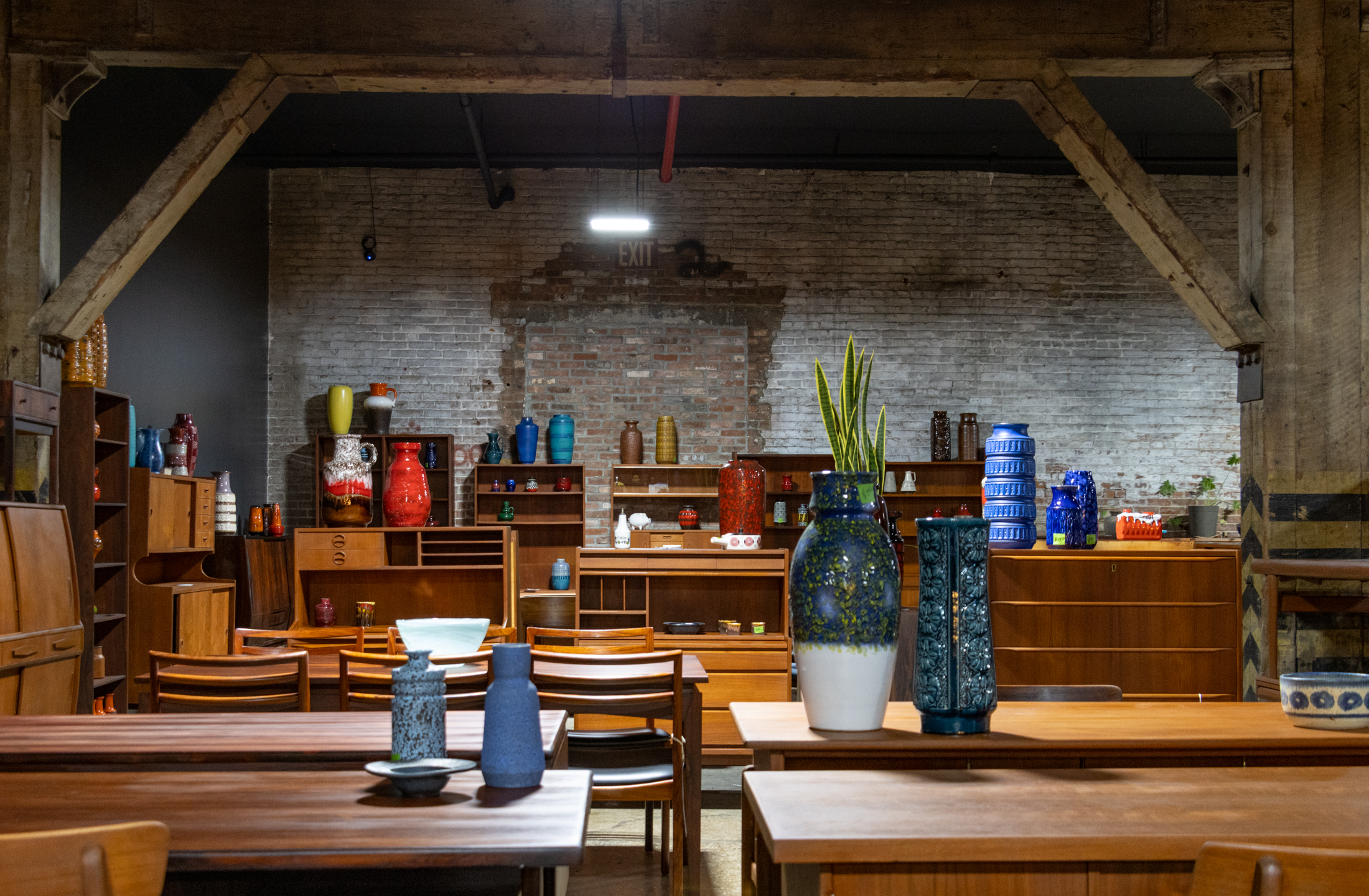Park Slope Historic District Likely to Expand
The hard work of the Park Slope Civic Council and others is paying off: On Friday, reports The Observer, the Landmarks Preservation Commission began the process of expanding the Park Slope Historic District by officially “calendaring” the revised boundaries; the move would expand the currently western boundary to the far side of 7th Avenue; currently…


The hard work of the Park Slope Civic Council and others is paying off: On Friday, reports The Observer, the Landmarks Preservation Commission began the process of expanding the Park Slope Historic District by officially “calendaring” the revised boundaries; the move would expand the currently western boundary to the far side of 7th Avenue; currently it stops at 8th Avenue between 5th and 15th Streets and the eastern side of 7th Avenue between 5th and Union Streets. The expanded district would also include a couple of cut-outs that remain unprotected on Prospect Park West. If ultimately approved (which is highly likely) the number of protected buildings would grow from 2,000 to over 2,500. You can read the precise boundary definitions on the LPC website.
Park Slope Historic District To Grow [NYO]
Expanding the Historic District [PSCC]





MM I am not saying it isnt ‘worth it” (in many cases) – but if the costs go up, then then rents will naturally follow – whether it is for the ‘general’ good or not.
“um no, it really aint. :-/”
Yeah, it is.
OK, fsrg, you win, it costs more to have a landmarked building. As an owner of a landmarked building, I’m not happy it costs more, but “costs more” is a relative thing, considering it costs a lot to do just about anything to improve and do upkeep one’s building, and that’s the price of home ownership. I, for one, feel that for the common good, as well as for my own personal good, should I need to ever sell, it is worth it to have quality repairs and upgrades. There are loans and grants, advice and resources available to people who can’t afford to do what needs to be done. I’m one of them, so I’ll be the first on line to get the goodies when I can. If I buy better windows that cost more than cheaper windows, I’m getting a better deal for my money, even though I will have to borrow more, and budget more of my money in order to be both compliant with LPC, and to have better windows that will keep out the elements, keep in the heat, and make the house worth more. I don’t see the problem with that.
Landmarking didn’t make the West Village expensive. It’s Manhattan, any area next to decent transportation with a short commute to midtown or downtown is going to be expensive. Alphabet city is expensive and not nearly as nice. Even the UES is expensive and it’s a PITA to get to downtown from there.
While every single building in that area isn’t what you’d consider worth landmarking it still keeps the neighborhood intact without those ugly feeders’s condos popping up or some guy who decides to add a modern looking floor to a 100 year old building.
Rob, we are really just borrowing ALL property for the short time we are on earth. I realize you aren’t planning to have children, but it’s nice to know that certain parts of our history will be preserved for the next generation.
Thanks very much, Minard. I’ve done a couple of Forum posts about it recently and received some great information. I’ll definitely get an architect if I move ahead with it.
(apologies, I didn’t mean to divert this discussion, which is quite interesting).
quote:
Best example of a landmarked neighborhood is the West Village
yes and just look how insanely overpriced it is!
and quote:
Do people really want to lose their own history?
YES, if it meant cheaper housing and less busy bodies telling people what they can do with THEIR PROPERTY!
*rob*
Biff Champion:
A skylight installation should be a pretty simple thing at the Landmarks Commission. They will issue a “Certificate of No Effect” assuming you are not installing something gigantic that will be visible from the sidewalk. I assume you have an architect? You will need drawings both for landmarks and for Buildings. The latter will probably take longer to clear than the former.
quote:
I give up trying to convince you traditionalists. But before LPC is extended to my block I’ll probably paint my door lemon-yellow and the trim fuschia. Painted Ladies Rock!
you go girl!!!
and lol @ sheets for curtains in williamsburg… it’s funny cuz it’s true.
*rob*
Best example of a landmarked neighborhood is the West Village. There are new buildings being built there all the time and the old ones altered. That said I know if I left NYC for 20 years and came back the village would look pretty much the same. Park Slope would be the largest Landmarked District for a while but it would not be long before Crown Heights North and Stuyvesant Heights out grow Park Slope. Brooklyn overall would have the largest collection of brownstones landmarked by far and I think with all these future landmark districts we will still be under 10% of the city being landmarked.